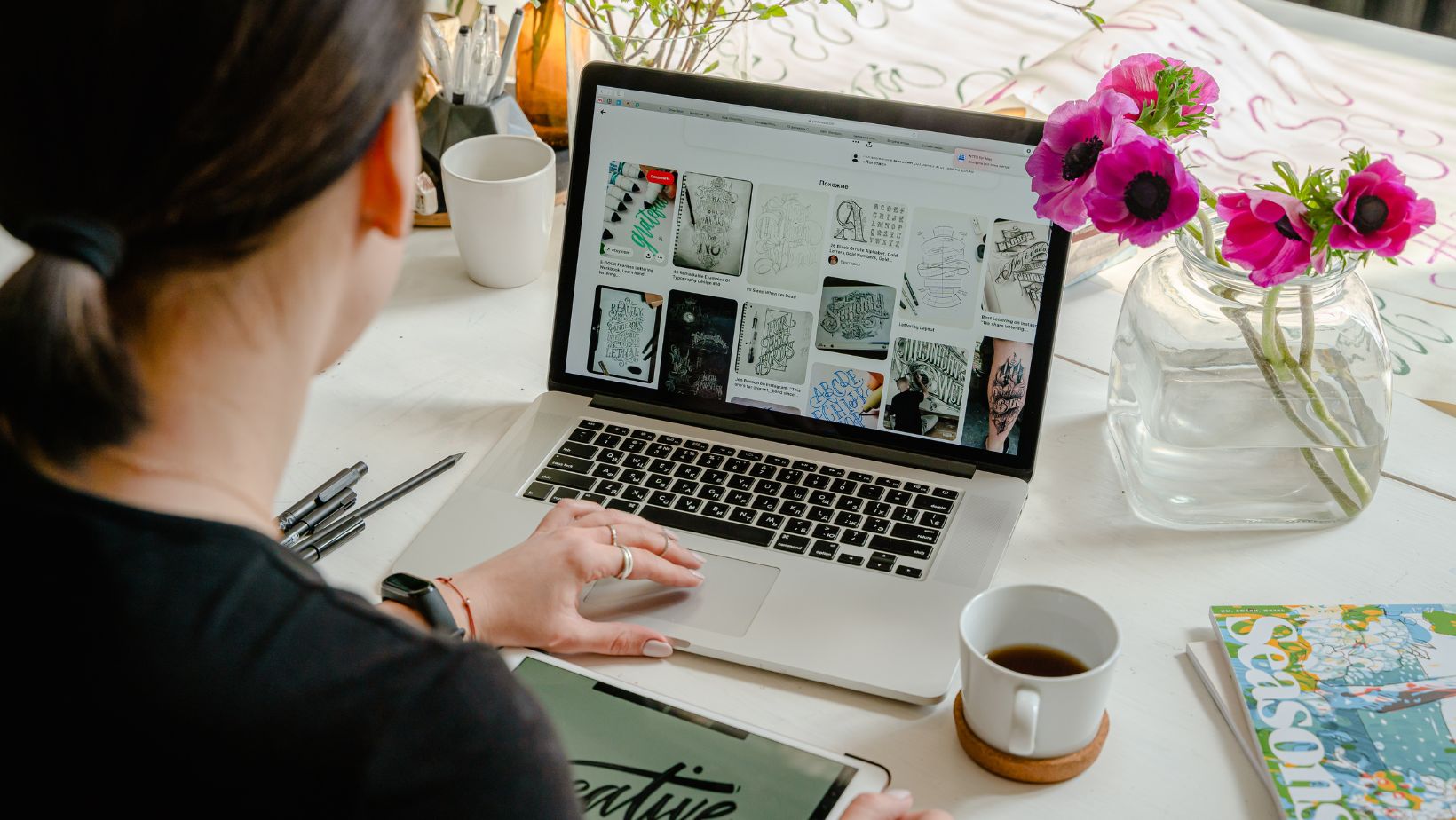As a seasoned graphic designer, I’ve always found that adding texture to my designs can bring them to life and give them a unique touch. And one of my go-to tools for adding texture is Adobe Illustrator. In this article, I’ll be sharing my top tips and techniques on how to apply texture in Illustrator, so you can take your designs to the next level. Whether you’re a beginner or a seasoned pro, I’ve got you covered with step-by-step instructions and helpful insights.
When it comes to applying texture in Illustrator, there are several methods you can use to achieve different effects. In this article, I’ll be diving into the most popular and effective techniques that I’ve personally used in my own design projects.
Table of Contents
ToggleHow To Apply Texture In Illustrator
Definition of Texture
When it comes to graphic design, texture refers to the visual and tactile quality of a surface. It adds depth and dimension to your designs, making them more visually appealing and engaging. Texture can range from smooth to rough, from subtle to bold, and can be applied to various elements of your artwork to create a desired effect.
Importance of Texture in Graphic Design
Texturing is an essential aspect of graphic design as it can significantly enhance the overall look and feel of your artwork. Here are a few reasons why applying texture in Illustrator is important:
- Visual Interest: Texture adds visual interest to your designs, making them more dynamic and engaging. It helps break up flat and monotonous surfaces, adding depth and dimension to your artwork.
- Emotional Appeal: Texture can evoke emotions and create a specific mood. For example, a rough and gritty texture can create a rugged and edgy feel, while a soft and smooth texture can convey a sense of elegance and sophistication. By using textures strategically, you can effectively communicate the desired message or feeling to your audience.
- Realism and Authenticity: Adding texture to your designs can make them look more realistic and authentic. By simulating the appearance of various materials, you can create a sense of tangibility and make your artwork feel more lifelike.
- Differentiation: Textured designs stand out from the crowd. By incorporating unique textures into your artwork, you can create a distinct and memorable visual identity. This can help your designs to be easily recognizable and differentiate your work from others in the competitive graphic design industry.

Adding Texture in Illustrator
Adding texture to artwork in Illustrator can significantly enhance its visual appeal and create a more engaging and realistic design. In this section, I’ll guide you through the steps of preparing the artboard, importing or creating a texture, and applying it to your artwork.
Preparing the Artboard
Before you start adding texture to your artwork, it’s essential to set up your artboard correctly. Here are a few steps to follow:
- Select the Artboard: Choose the artboard where you want to add texture. You can select an existing artboard or create a new one.
- Resize the Artboard: If needed, resize the artboard to the desired dimensions using the Artboard tool. Ensure that the artboard is large enough to contain your artwork and the texture you plan to apply.
- Lock the Artwork: To prevent any accidental changes to your artwork, it’s a good idea to lock it. Select the artwork, right-click, and choose “Lock Selection.”
If you want to learn more keep reading our next page!
Applying Texture to the Artwork
Now that you have your artboard prepared and your texture ready, it’s time to apply the texture to your artwork. Here’s how to do it:
- Select the Artwork: Choose the artwork you want to apply the texture to. You can select individual objects or a group of objects.
- Apply the Texture: Depending on the texture you’re using, there are several ways to apply it to your artwork. You can apply the texture as a fill or a stroke, use blending modes to combine the texture with the artwork, or use masking techniques to reveal the texture selectively. Experiment with different methods to achieve the desired texture effect.
- Adjust the Texture: After applying the texture, you may need to adjust its size, position, opacity, or other attributes to achieve the desired result. Use the Transform tools, Opacity settings, or other relevant options in Illustrator to fine-tune the texture.
By following these steps, you can effectively add texture to your artwork in Illustrator. Experiment with different textures, techniques, and settings to create unique and visually stunning designs. In the next section, I’ll share some expert tips and tricks to help you apply texture more efficiently and achieve professional-looking results. Stay tuned!






